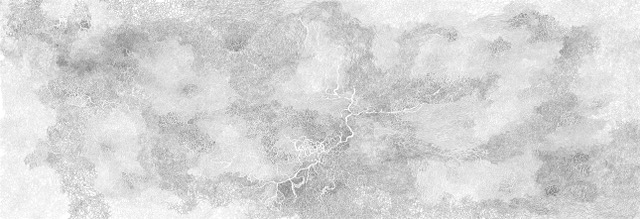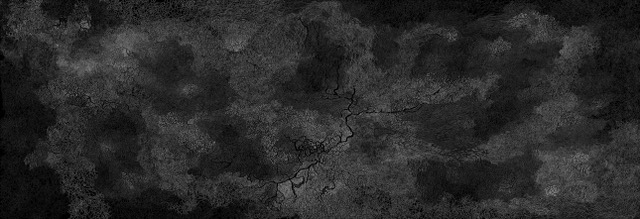Hector Mata Studio
The American photographer Hector Mata has evolved a potent approach to both conceptual photography and video during the last decade. This has given a striking, thought-provoking turn to his recent work in the visual arts, in which he addresses contemporary issues.
If before, when he was in his twenties, his stance was that of a trueblood photojournalist, he has developed a fine visual proposal, partly based on a quest for information that converses with both the research aspects and the empathy of the individual engaging in photojournalism; and partly, on the ethos of contemporary visual narratives. Through the use of subtle conceptual filters, Mata puts the accent on the displacement of the experience of the real, in the construction of his photographic images, and introduces framing devices to channel emotion. In video, Mata has fused his penchant for the construction of meaning through the carefully-structured visuality of the images and the expressive generation of rhythm through editing, with a stark viewpoint on objects and individuals that reveals his understanding of the man in the street as an actor in everyday life: one whose destiny can change dramatically in the heat of the moment but who is also known to rise to the situation and transform the commonplace by the sheer impulse to reject all the givens. The characters in his video narratives, more often than not are heroes without the heroics the public wants to see; and it is interesting to consider that Mata, for one, does not appear to be interested in portraying self-invented and promoted anti-heroes.
In his recent work, Mata is exploring the experience of the moving image from the perspective of the viewer, inducing the participant into an hypnotic trance. The world described in recent videos show us what it appears to be urban landscapes in perpetual motion. A dirty, abstract view of cities in their constant transformation. The use of sound that he carefully design accelerates the sense of fluidity and the non permanence of matter. Reality as we perceive it, is gone. A new reality replaces it.
Radicant
Radicant comes from two formative concepts: The word comes from botany and defines a plant that takes “rooting from the stem, as ivy.” This natural condition produces plants that move and take root in different soils, a metaphor that It was used by Nicolas Bourriaud (Former Director of the School of Fine Arts in Paris) to define an itinerant art, an artist who travels in the world "taking roots” or producing work in different countries.
In addition, the radicant condition also establishes a conceptual characteristic of unity, present in several natural states, the most notable - from which it originates this work - the Aspen tree forest of southern Utah “Pando".
Pando is the largest single-celled organism in the world and one of the oldest. A single organism based on its morphological characteristics alone; recent molecular techniques and methods developed since its discovery during the 1960’s, have largely substantiated those conclusions. The entity is in fact a network of underground roots that spreads 43 hectares and that has survived for more than 80,000 years.
If we use this concept of unity and extend it to wider ecosystems, we can, without fear of making a mistake, affirm that the Amazon rainforest is an entity in itself, conformed by independent constitutive elements but that act as a unique organism.
This statement introduces another conceptual element on which this proposal is based upon. The new theories of consciousness, discussed by the scientific community, explain the phenomenon of human consciousness as the sum of basic formative elements of proto-conscious matter. Defined as panpsychism, the theory determines by deduction that everything around us even the formative blocks of matter have a certain level of consciousness and that all together are part of a universal conscience.
The way that the drawings were created correspond to a specific attitude towards the creation of a form when approaching the representation of a living entity such as the Amazon rainforest. Eduardo Kohn writes in "How Forrest Think": "By“form”here, I’m not, then, referring to the conceptual structures—innate or learned—through which we humans apprehend the world, nor am I referring to an ideal Platonic realm. Rather, I am referring to a strange but nonetheless worldly process of pattern production and propagation, a process Deacon (2006, 2012) characterizes as “morphodynamic”—one whose peculiar generative logic necessarily comes to permeate living beings (human and nonhuman) as they harness it." The drawing were therefore created during long processes of stream of consciousness in which the design appeared on paper organically.
Unity and perception are the conceptual axes of this proposal and all the works reinforce these, defining a specific conceptual area while contributing to the general perception of the project
The Installation consist in the following elements: 2 Drawings (138X59 inches) 2 videos, a sound track and two pieces of writing.
Hector Mata Studio
The American photographer Hector Mata has evolved a potent approach to both conceptual photography and video during the last decade. This has given a striking, thought-provoking turn to his recent work in the visual arts, in which he addresses contemporary issues.
If before, when he was in his twenties, his stance was that of a trueblood photojournalist, he has developed a fine visual proposal, partly based on a quest for information that converses with both the research aspects and the empathy of the individual engaging in photojournalism; and partly, on the ethos of contemporary visual narratives. Through the use of subtle conceptual filters, Mata puts the accent on the displacement of the experience of the real, in the construction of his photographic images, and introduces framing devices to channel emotion. In video, Mata has fused his penchant for the construction of meaning through the carefully-structured visuality of the images and the expressive generation of rhythm through editing, with a stark viewpoint on objects and individuals that reveals his understanding of the man in the street as an actor in everyday life: one whose destiny can change dramatically in the heat of the moment but who is also known to rise to the situation and transform the commonplace by the sheer impulse to reject all the givens. The characters in his video narratives, more often than not are heroes without the heroics the public wants to see; and it is interesting to consider that Mata, for one, does not appear to be interested in portraying self-invented and promoted anti-heroes.
In his recent work, Mata is exploring the experience of the moving image from the perspective of the viewer, inducing the participant into an hypnotic trance. The world described in recent videos show us what it appears to be urban landscapes in perpetual motion. A dirty, abstract view of cities in their constant transformation. The use of sound that he carefully design accelerates the sense of fluidity and the non permanence of matter. Reality as we perceive it, is gone. A new reality replaces it.

